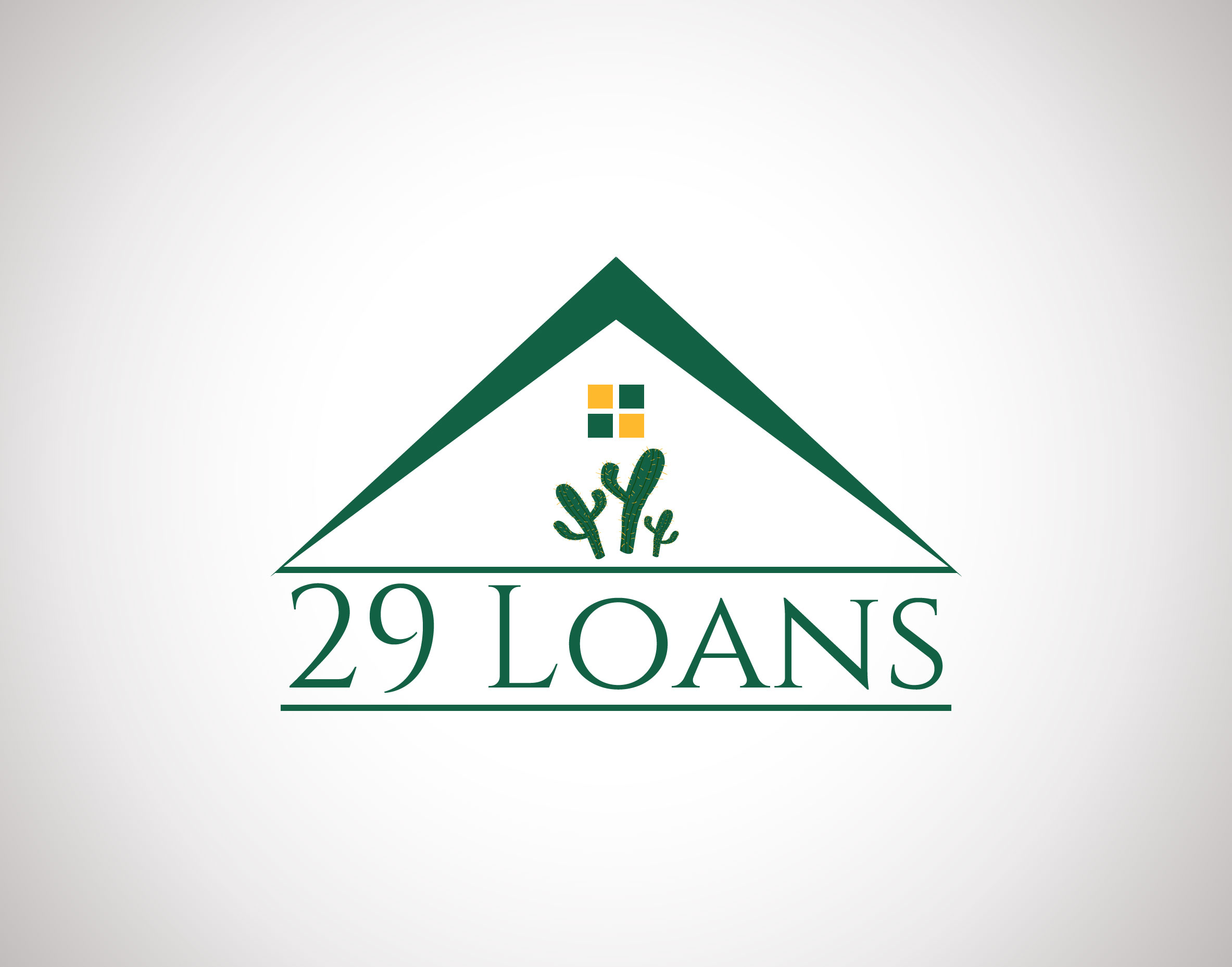HELOC FAQ- Home Equity Line of Credit
If you need to borrow money, home equity lines may be one useful source of credit. Initially at least, they may provide you with large amounts of cash at relatively low interest rates and they may provide you with certain tax advantages unavailable with other kinds of loans. (Check with your tax advisor for details.)
At the same time, home equity lines of credit require you to use your home as collateral for the loan. This may put your home at risk if you are late or cannot make your monthly payments. Those loans with a large final (balloon) payment may lead you to borrow more money to pay off this debt, or they may put your home in jeopardy if you cannot qualify for refinancing. If you sell your home, most plans require you to pay off your credit line at that time. In addition, because home equity loans give you relatively easy access to cash, you might find you borrow money more freely.
Remember too, there are other ways to borrow money from a lending institution. For example, you may want to explore second mortgage installment loans. Although these plans also place an additional mortgage on your home, second mortgage money usually is loaned in a lump sum, rather than in a series of advances made available by writing checks on an account. Also, second mortgages usually have fixed interest rates and fixed payment amounts.
You also may want to explore borrowing from credit lines that do not use your home as collateral. These are available with your credit cards or with unsecured credit lines that let you write checks as you need the money. In addition, you may want to ask about loans for specific items, such as cars or tuition.
What is the Difference Between a Line of Credit and a Home Equity Loan?
A line of credit is a revolving credit account, secured by your home. It has a variable interest rate, with a draw period of 10 years, and then converts to a fully amortized 20 year loan.
A home equity loan is a fixed rate, fully amortized, installment loan, with an available term of 5 to 25 years.
What are the Rates and Terms?
The rate for a line of credit is determined by your credit history, loan amount, loan-to-value ratio, and property specifics. The rate is calculated by adding a margin, usually between 0.9% and 5.9%, to the highest Prime Rate published in the “Money Rates” section of The Wall Street Journal.
Are There Any Fees to Open a Line of Credit?
There are no origination, appraisal or processing fees to open this account. There are no annual fees or cash advance fees.
What is the Credit Limit?
The minimum line amount is usually $20,000. Based on your available equity and the value of your home, you may receive a line amount as high as $100,000.
What Type of Property Can be Used for this Account?
This account can be secured by owner-occupied single family homes, condominiums and townhouses. Ineligible property types include mobile homes, agricultural properties, co-ops, time-shares, rentals, and homes listed for sale within the last 90 days. Other collateral restrictions may apply.
Is the Interest Tax-Deductible?
Because both types of loans are secured by your home, the interest paid may be tax-deductible depending on your situation. Consult with your tax advisor.
800-546-2289
Call Now for Immediate Assistance
